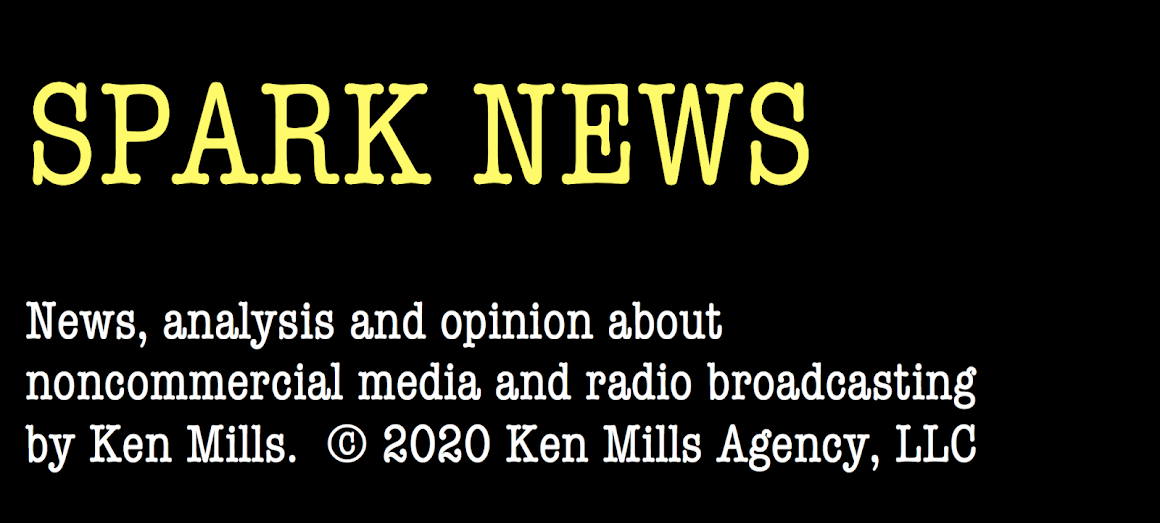As
listening to podcasts continues to grow, we are learning more about the
behavior of heavy users, the “core audience.” The takeaways are that core
listeners are more often male than female, tend to multitasking while listening
and tend to exit shows before the first commercial break.
Civil Science [link], a for-profit podcast
consulting company based in Pittsburgh, surveyed 2,334 respondents between
October 2018 and January 2019, about their experience with podcasts. They found
that 24% of the respondents have heard a podcast. But the behavior of core
listeners may be the most valuable takeaway from the study.
Civil Science does not disclose its methodology,
so keep that in mind as you consider their findings.
According
to the Civil Science report, 7% of
the respondents say they listen to podcasts daily and 8% said the listen
weekly. These people are the podcast “core audience.” The study also found that
73% of the sample “rarely or never” access podcasts.
The
survey shows men make up the largest number of daily listeners, accounting for
six in ten. Weekly podcast listeners are 57% male.
According
to Civil Science, only a few core
podcast listeners give the show they are hearing their undivided attention. The
study found that 70% core listeners multitask while listening to a show.
The most frequent distractions are texting and visiting social media. Only 13% of core listeners said they complete attention when listening to a podcast.
The most frequent distractions are texting and visiting social media. Only 13% of core listeners said they complete attention when listening to a podcast.
How
to deal with listener’s short attention spans is also a topic of a Wall Street
Journal article [link] by Ellen Gamerman. Gamerman says proprietary research by WNYC shows that some people feel
is that many podcasts are too damn long.
Citing
proprietary research by WNYC Studios, the ideal podcast duration is around six
minutes. According to Gamerman, many
listeners don’t stay around longer than the first commercial break. She says
the solution is to produce Quick Podcasts.
The
rationale is that short shows with frequent new episodes encourage listener
loyalty better than lengthy shows with sweeping narratives.
FALL 2018 NIELSEN AUDIO
RATINGS FOR PEORIA, BLOOMINGTON & DELMARVA
Frequent
Spark News readers will be familiar
with the stations and markets we are discussion today. The focus is on two
situations where public radio stations are in transition or heading in that
direction.
On
the left are the Fall 2018 Diary-methodology numbers for Peoria, home of “soon
to be homeless” WCBU.
Bradley University, the licensee of WCBU, has decided to
get out of day-to-day radio business.
The cost of moving of
moving the station from a campus building that will be demolished this fall was prohibitive.
Thankfully,
Bradley has become more transparent about the situation. The current plan, which has
yet to be finalized, is that WGLT, licensed to Illinois State University (ISU), in
nearby Bloomington will be taking over WCBU’s operations. The two universities
have agreed that WCBU will continue to be a “Peoria station” serving the market
from a studio location in the Peoria metro.
Perhaps
because of extensive news coverage of the matter, WCBU had their best “book” in
recent memory. In the Fall 2018 ratings, WCBU’s AQH share was up and estimated
weekly listeners were way compared to Fall 2016.
WGLT,
broadcasting from Bloomington-Normal, is a factor in Peoria. However WCBU
doesn’t cover Bloomington. The two cities are roughly 40 miles apart.
We
also have the Nielsen Fall 2018 ratings for Bloomington, a market of around
100.000 people.
WGLT
is considered an excellent Jazz station with a strong local news presence.
Perhaps
the most interesting station in the market is WZND-LP [link] the student-operated
station at ISU. WZND mixes ISU Redbird Sports (a big deal in Bloomington) with the
latest rock tunes.
If you want to know where the best parties are, WZND has the
juice.
Delmarva
Public Radio (DPR) has been called the most unhappy public radio station
anywhere.
According to a former employee who wishes to remain anonymous, for years
DPR [link] has been the scene of battles between the licensee, Salisbury
University, and a foundation associated with the school.
The
disputes concern petty internal politics, not the basics of broadcasting.
This
situation has caused radio professionals at DPR endless grief. Good advice is neglected
and people who care about serving the audience rather than the bureaucrats, are
turfed or shunned.
According
the recent rumors, WESM [link], licensed to Maryland’s Eastern Shore University,
and officials from Salisbury University have been discussing a merger.
All
five stations we have discussed today might benefit from the wisdom from Dave
Edwards, CEO of WUWM at the University of Wisconsin-Milwaukee. We paid tribute
to Edwards last week [link]:
“Back in ’85 all
public radio stations were heavily dependent on the federal government and
state and local sources. I inherited a station that was successful for its time
but 98% of the station’s budget was money that was coming in from our
university or CPB. You can’t do much
that way without independent support.”






No comments:
Post a Comment